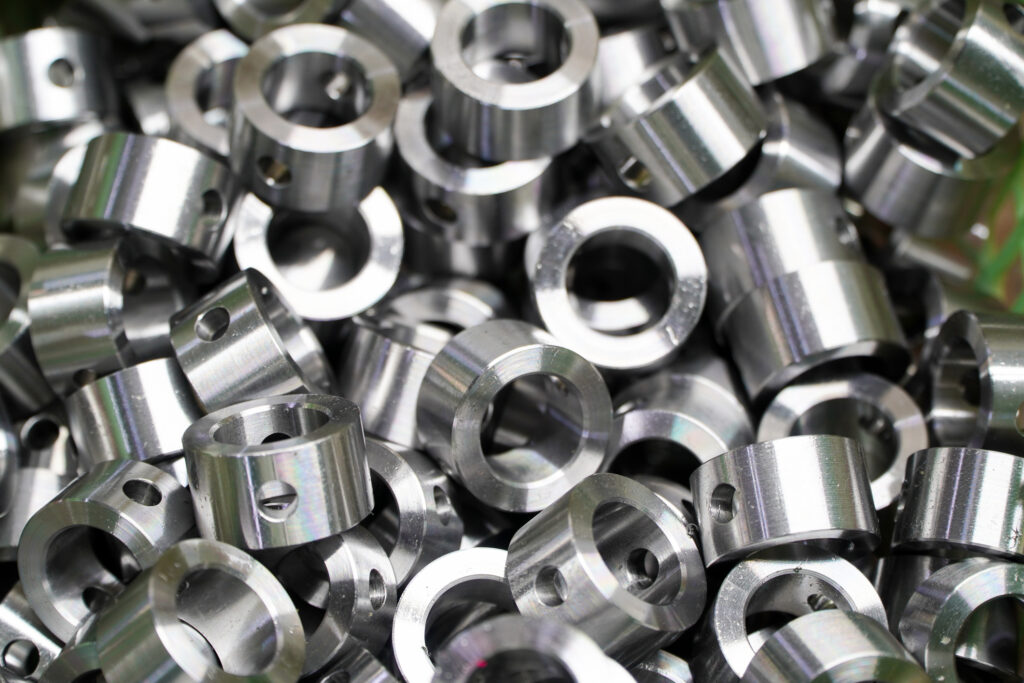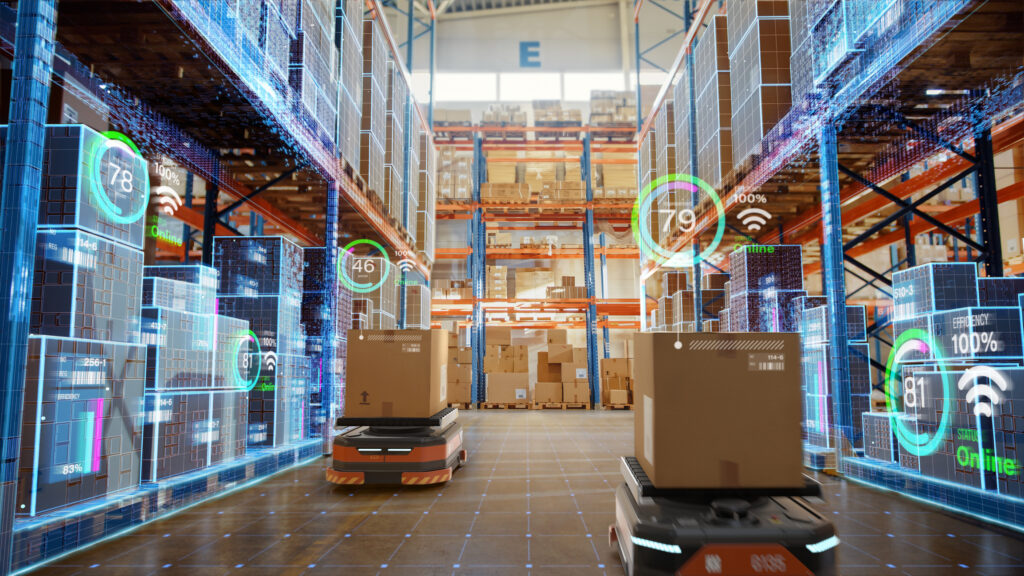How to Evaluate MRO Parts Criticality Without Guesswork


Modern manufacturing leaders know the stakes: misclassify a part, and you either tie up working capital or cripple uptime. But despite billions invested in ERP systems, most enterprises still rely on outdated, manual, or tribal methods to determine MRO parts criticality.
And it’s costing them.
One Fortune 500 packaging manufacturer recently discovered it had $59M in potential reductions sitting in duplicate or misclassified inventory – and nearly lost millions more in downtime when critical parts went missing. The solution? Stop guessing.
In this guide, we break down:
- Why traditional parts classification fails
- How AI can operationalize criticality scoring across plants
- What real outcomes look like when you get it right
Let’s get into it.
The Problem with Traditional Parts Criticality Evaluation
Siloed Systems, Manual Processes, High Risk


Most large manufacturers operate across dozens of facilities, each with localized maintenance teams and fragmented ERP/EAM instances (often SAP, Oracle, Maximo, or Infor). Parts are often classified differently by plant. A bearing that’s considered “critical” in one facility may be deemed “non-critical” in another – or not visible at all.
And without centralized logic or visibility, teams often resort to manual methods:
- Outdated spreadsheets
- Tribal knowledge
- Guesswork based on supplier lead times or part cost
These approaches fail to answer the most important question:
If this part fails, what is the real operational impact?
The Real Cost of Getting It Wrong
When critical parts are under-classified:
- Downtime can cost $300,000+ per hour in industries like packaging, chemicals, or automotive
- Maintenance teams scramble during outages
- Emergency buys inflate costs
When non-critical parts are overstocked:
- Working capital is tied up
- Warehousing costs increase
- Procurement teams lose negotiation leverage
The bottom line: traditional classification methods expose you to financial, operational, and risk-based waste.
How AI Transforms MRO Parts Criticality


From Static Lists to Dynamic Risk Scoring
Verusen uses AI to ingest data from all your ERP/EAM systems and create a unified view of your MRO materials. But it doesn’t stop at visibility.
It continuously analyzes:
- Part usage frequency and failure modes
- Operational impact by location
- Supplier lead times and replenishment risk
- Cross-plant availability
The result: automated criticality scoring based on real-time, multi-source context.
Global Material Search: Instant Access to the Parts That Matter
Verusen’s platform includes an AI-driven Global Material Search tool that allows maintenance teams to locate parts across plants instantly – even if the material names or numbers differ. This feature alone turns classification into action:
- Find critical parts hiding in sister facilities
- Bypass manual SAP searches that would normally take hours or days
- Avoid downtime by reallocating parts based on urgency and availability
Stocking Policy Optimization, Not Just Classification
The end goal isn’t a label – it’s a decision. Verusen ties criticality scoring directly into stocking policy recommendations:
- Should this part be stocked at all?
- If yes, where and at what quantity?
- Are there interchangeable parts that reduce redundancy?
This shifts your strategy from reactive hoarding to proactive optimization.
Real-World Impact: How One Manufacturer Reclassified Parts and Avoided Downtime
A Fortune 500 Packaging Manufacturer struggled to identify and access critical spare parts across its network of facilities. With multiple ERP systems (including SAP), siloed decision-making, and inconsistent part naming, maintenance teams were routinely blind to available inventory – even within their own company.
“The Verusen solution found the critical assets we needed to get our assets up and running in 3 days instead of 4+ weeks, saving us millions.”
- Reliability Manager | North America
Before Verusen:
- Manual SAP searches took weeks
- Teams lacked a unified view of inventory
- $59M in redundant and misclassified inventory tied up working capital
- Critical asset failures led to $1M+ in avoidable downtime
After Verusen:
- AI Global Material Search resolved part needs in 3 days
- Material review time dropped from 20+ minutes to 4 minutes
- 672 at-risk materials identified
- $14M in verified savings, with more in progress
This wasn’t a data cleansing project. It was an operational transformation.
Want to uncover hidden savings and avoid the next unplanned outage? Talk to a Verusen expert now.
FAQs: What Manufacturing Leaders Want to Know
How accurate is AI-based parts criticality classification?
AI leverages multiple data sources to assess usage, operational impact, and stocking risk. Unlike static models, it learns and improves over time.
Will it work with our ERP? We use SAP and Maximo.
Yes. Verusen integrates with SAP, Oracle, Maximo, Infor, and others. No rip-and-replace required.
How long does it take to get results?
Initial impact can be seen in weeks. In the case above, Verusen helped locate critical parts in 3 days.
Do we need clean data first?
No. Verusen’s AI is designed to work with messy, incomplete, and duplicate data. In fact, it finds value because of the data chaos.
Get Out of the Gray Area
You can’t afford to keep guessing which parts matter most. AI-driven criticality assessment isn’t just more accurate – it’s faster, scalable, and directly tied to real outcomes.
Ready to replace static spreadsheets with intelligent decisions?
